Guwahati, 03 July 2024– At least 16 people have died as floods and landslides, triggered by heavy monsoon rains, ravage northeast India over the past two weeks. Local authorities reported on Tuesday that more than 300,000 people have been displaced, with Assam being one of the hardest-hit states.
Amidst the disaster, 13 fishermen were rescued from a small island in the Brahmaputra River. In a notable operation, the army successfully evacuated 70 students and teachers from a school in Changlang district, highlighting the severe impact of the floods on the region's infrastructure and communities.
The states of Sikkim, Manipur, and Meghalaya have also been severely affected, with submerged roads and collapsed bridges complicating rescue and relief efforts. The Brahmaputra River, which traverses Assam for about 800 miles before entering Bangladesh, has once again overflowed, causing widespread devastation.
Assam is considered one of the world's most vulnerable regions to climate change, and the annual monsoon season typically brings severe flooding. This year has been particularly harsh, with over 80 people across six states having lost their lives since the end of May due to rain-induced floods and landslides.
The floods have also impacted wildlife, particularly in Assam's renowned Kaziranga National Park. Home to approximately 2,500 one-horned rhinos, the park's animals are moving to higher ground to escape the rising waters. State Chief Minister Himanta Biswa Sharma assured that park rangers are vigilantly monitoring the animals to ensure their safety during this challenging time.
In Arunachal Pradesh, a neighboring state of Assam, landslides have caused significant disruption by closing multiple roads. Rescue efforts in Changlang district successfully saved 70 students and teachers stranded due to the landslides. Similarly, infrastructure in Sikkim, Manipur, and Meghalaya has been severely affected, with many roads and bridges being washed away.
The ongoing monsoon season continues to pose a significant threat, and authorities are on high alert, coordinating rescue and relief operations. The heavy rains have exacerbated the already challenging conditions in northeast India, necessitating swift and effective response measures to mitigate further loss of life and property.
As the region grapples with the aftermath of these natural disasters, the resilience and prompt action of local authorities and rescue teams have been crucial in managing the crisis. The situation remains precarious, with continued efforts needed to support displaced populations and restore affected areas.



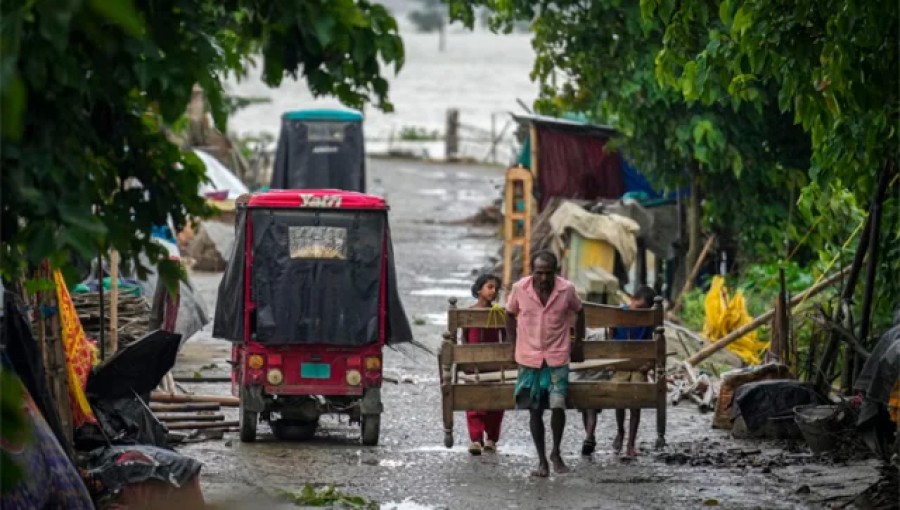






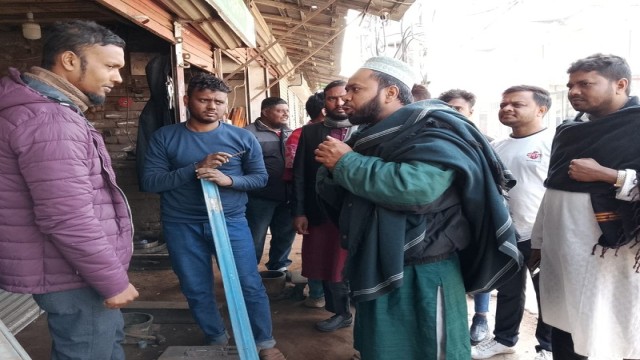



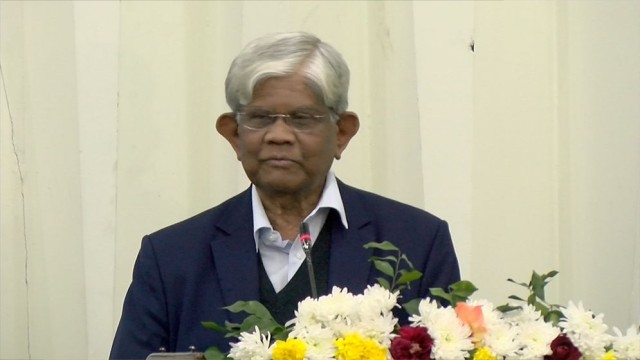


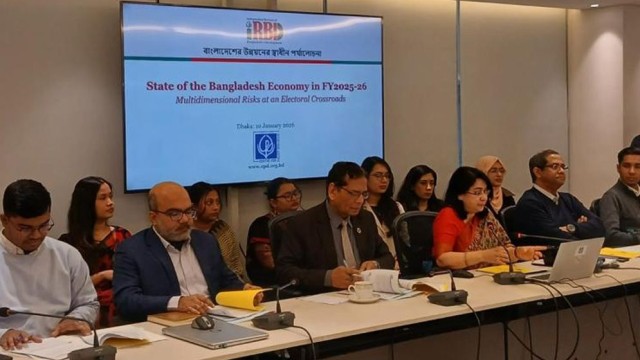
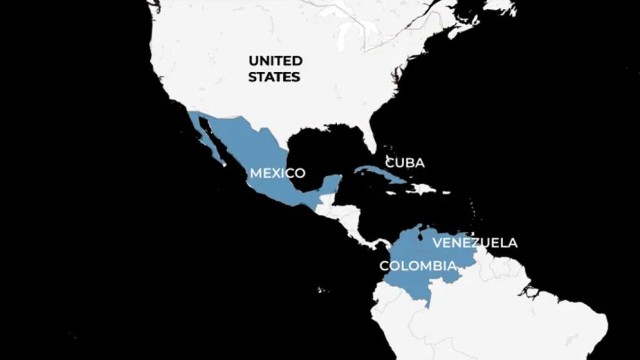




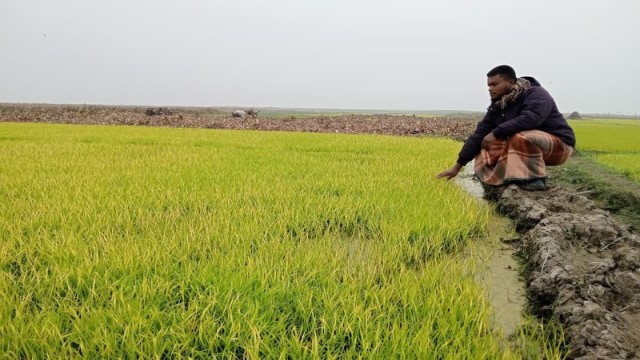



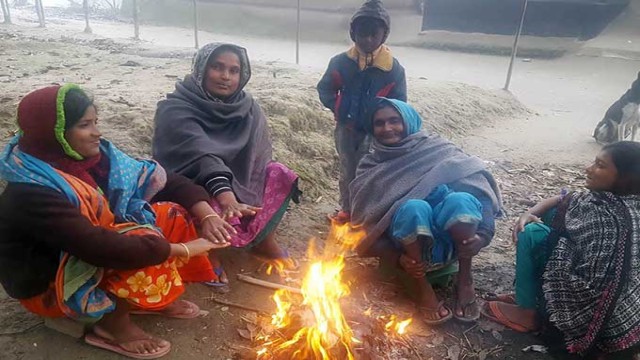


Comment: